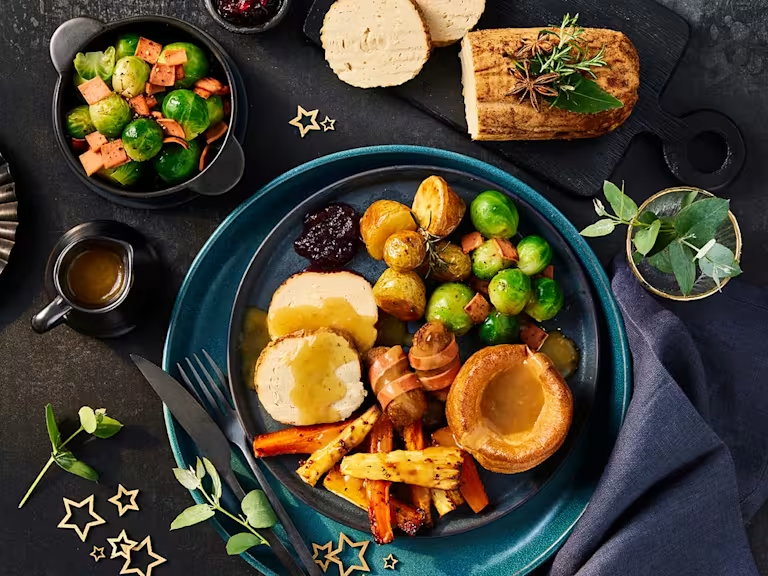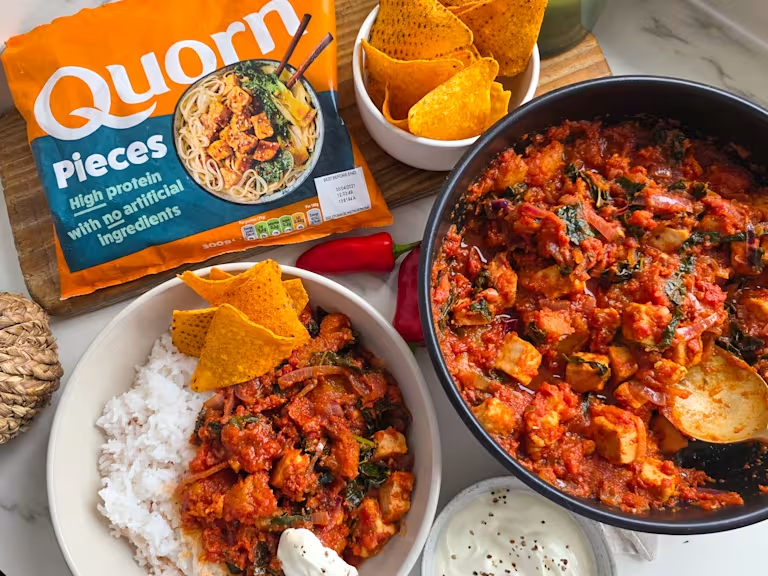
Global Recycling Day
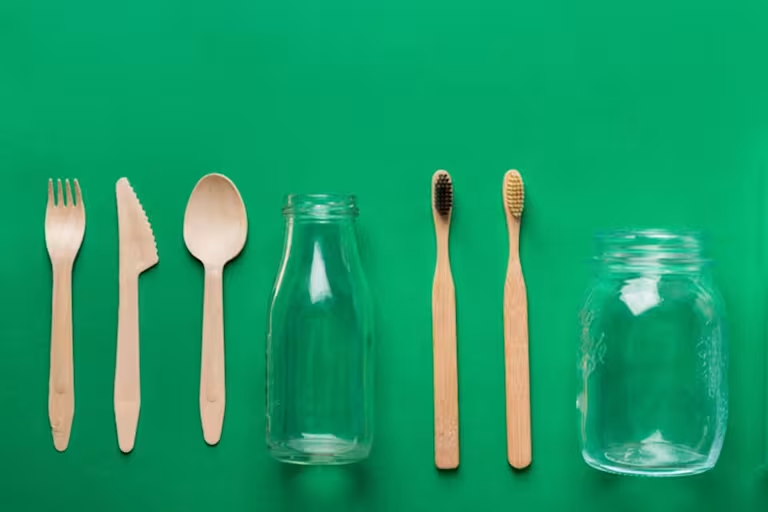
We get it, recycling can become confusing. With lots of different bins and recycling rules depending on your location, it can be a lot to remember. But have no fear, we can help set the record straight! This Global Recycling Day we are here to talk you through what happens to your recycling, plastics, and details about the packaging on our products.
Have you ever wondered what happens to your recycling once you put it out for collection?
Recycling collection services vary across the country. The factors that influence these services include:
- Whether the area is urban or rural
- The different types of housing
- The facilities available to process your recycling
Even if all our recycled items appear to be mixed on the same truck, they will be processed further in the recycling process!
Have you ever wondered what happens to your recycling once you put it out for collection?
It then goes on to a recycling centre. You can find out more about what happens at recycling centres in this short video.
The biggest problem is when incorrect items are put in the recycling container as they have to be removed by hand. This slows down the process and if these items are missed it can clog or damage the machinery and other equipment. This is why it is super important to know which items you can and can't recycle in your local area.
To help you out, you can enter your postcode into this UK Recycling Locator tool to find out what you can or can’t recycle at home!
Let's talk about plastics
The vast majority of plastic (including packaging) uses oil as its starting material. Oil is a mix of compounds made up from Hydrogen and Carbon or Hydrocarbons and is a non-renewable resource.
One of the great things about plastic is that it’s robust and inert, it’s very stable and doesn’t readily break down. This is also one of the worst things about plastic!
We need to learn to use the right kinds of plastics to optimise its strengths and consider alternatives where appropriate. We need to stop waste plastic leaking into the environment by better managing our waste sorting, reprocessing infrastructure.
This short 45 second video will give you a brief overview on plastic recycling and how it works.
In saying this, plastic is still super important for food safety and for improving the shelf life of food products. Optimising the lifespan of plastics by re-using and recycling items as many times as possible can therefore reduce our need to create new plastic.
This means we can:
- Conserve non-renewable oil
- Reduce the consumption of energy used in the production of new plastic
- Reduce the amount of solid waste going to landfill
- Reduce emission of gases like carbon dioxide into the atmosphere
What about the plastic we use in our Quorn products?
Back in June 2018 we successfully removed hard-to-recycle black plastic from all of our products! Woohoo!
We have been working hard to eliminate non-recyclable plastic from our product range and as a result, all the rigid plastic trays we now use for our chilled products are 100% recyclable! These trays contain products like our Quorn Cocktail Sausages, Mince, and Pieces.
We are proud to say that more than, 90% of all our packaging is now recyclable! Watch this space though, as we're working hard to have 100% of our packaging recyclable or reusable by 2025.
For more information about our packaging, click here.
Recent news
All news
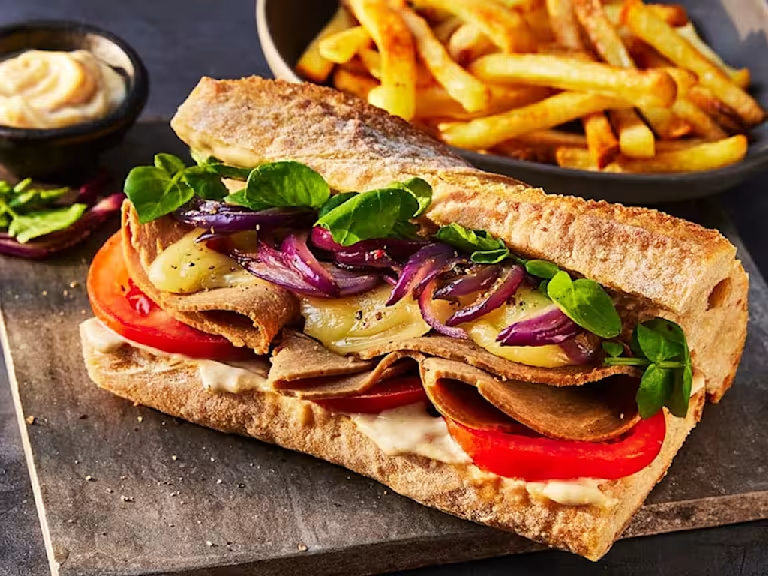
The Ultimate Sandwich Guide
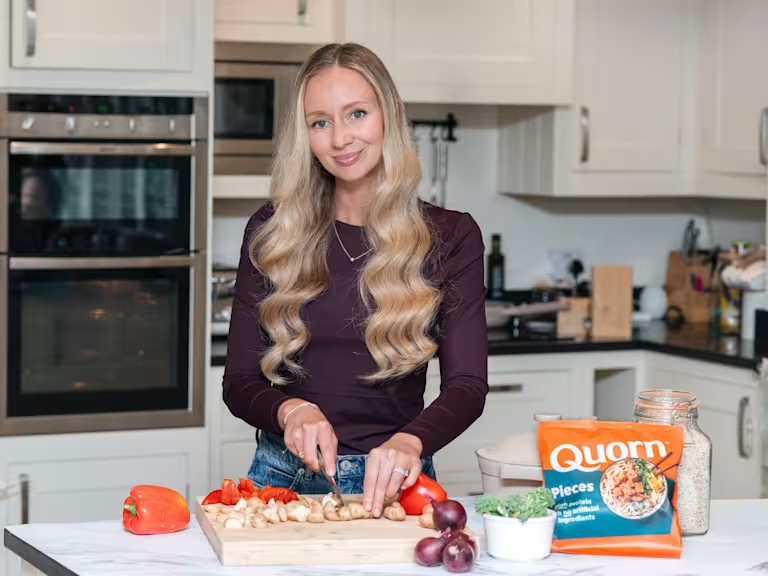

Sustainability WINNERS – FDF Awards 2025
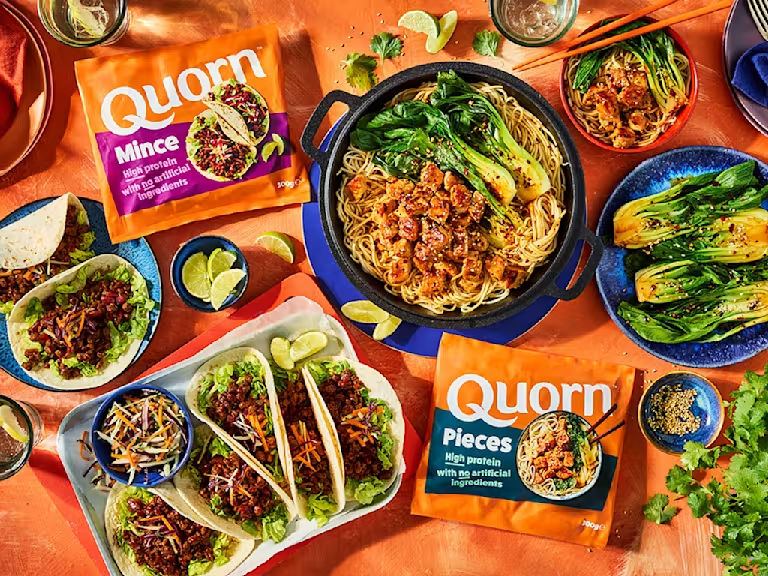
No Artificial Ingredients
